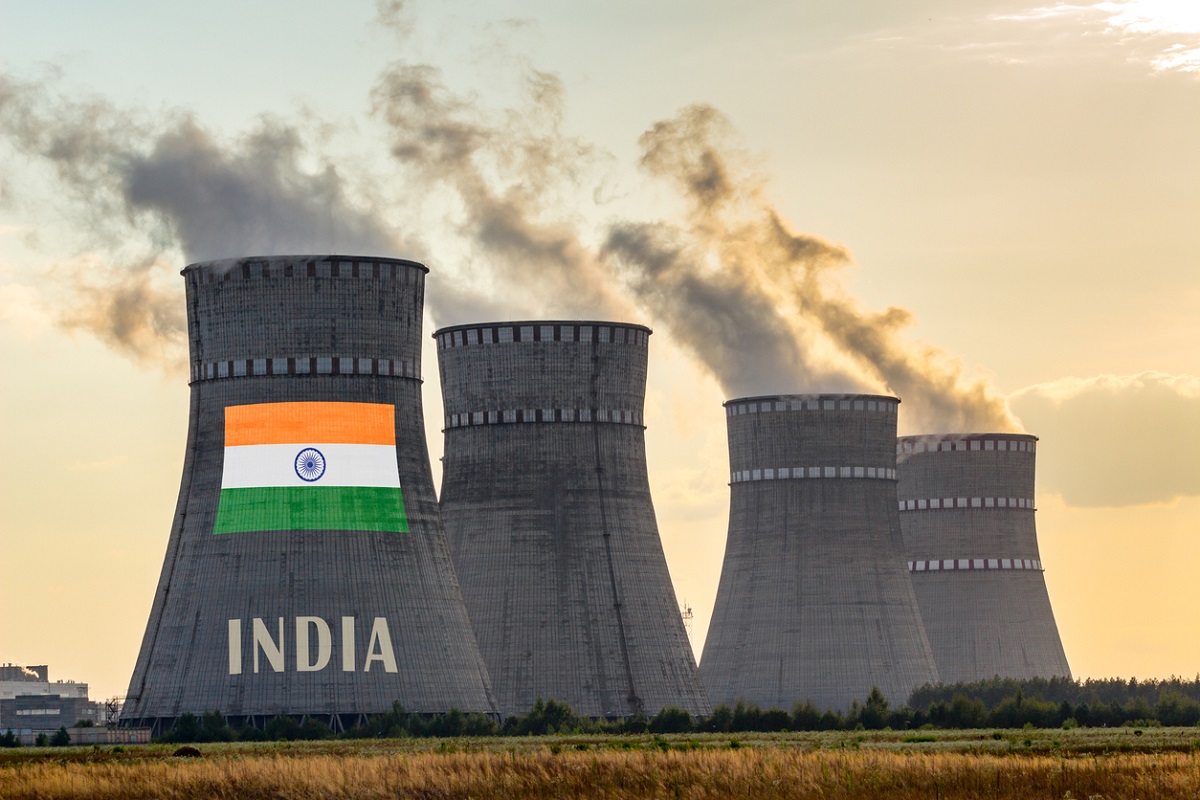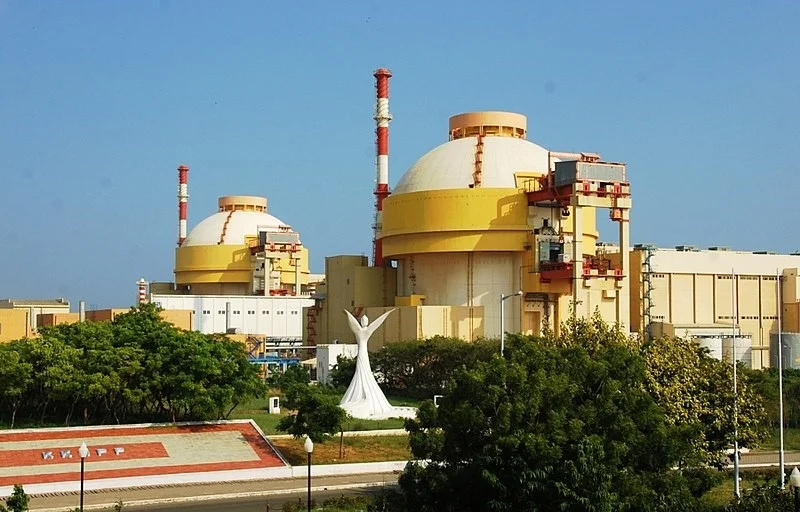International
The Indian new path to nuclear energy

India aims to advance its nuclear energy capabilities for a stable energy supply without relying on carbon sources. According to Carbon Copy, India’s approach diverges from its past strategies, with innovations both in technical aspects and organizational structures.
One notable shift is the Joint Venture route. Instead of relying solely on the state-owned Nuclear Power Corporation of India (NPCIL) for new reactor installations, the country plans to collaborate through joint ventures with other state-owned entities in the energy sector, such as the National Thermal Power Corporation (NTPC), traditionally involved in managing thermal plants.
NTPC has committed to installing at least 2 GW of carbon-free nuclear power, bringing financial resources to the table, while NPCIL contributes nuclear expertise. This collaborative approach helps distribute the costs and resources more effectively.
Nuclear power demands a substantial initial investment, but the longevity of the infrastructure surpasses that of thermal power, which incurs continuous production costs, and solar power, which tends to decay after 15 years.

Cost considerations come to the forefront. A MW produced by an imported Westinghouse reactor costs 400 million Rupees per MW (around 43 million euros), whereas a MW from domestic construction costs 120 million Rupees (about 13 million euros). Hydro power plants are even more cost-effective at 80 million Rupees.
To maintain competitive energy costs, India must develop its own reactors. This requires not only technological advancements but also standardization and industrialization. Currently, different power plants follow varying standards, and the goal is to establish a new standard for nuclear energy aligned with international norms, similar to the path taken for thermal power plants.
Significant progress has been made in this direction, with the construction of two 700 MW standard reactors in Kakrapar and plans for others at different locations, all conforming to conventional technology standards.
Looking ahead, there is a growing interest in Small Modular Reactors (SMRs). While India’s past reactor construction has followed a traditional path, the future may lie in SMRs—compact reactors built off-site that could potentially be mass-produced. However, the current challenges include nuclear waste disposal issues similar to larger reactors and the need to reach a break-even point, estimated at 700 plants, for economically viable construction. India has developed its own small nuclear reactor, the 300 MW AHWR300-LEU, but it is not a modular reactor, but an advanced thorium-plutonium reactor. So it is not an SMR, but rather an advanced prototype of a new reactor.
Despite the hurdles, India’s independent path to nuclear power aligns with its commitment to decarbonization and ensuring a stable energy supply. The development of this industry may position India as a global cost leader, with potentially cheaper plants compared to Western and Chinese counterparts. If India establishes high safety standards, it could emerge as a significant competitor in the future of the nuclear energy sector.






